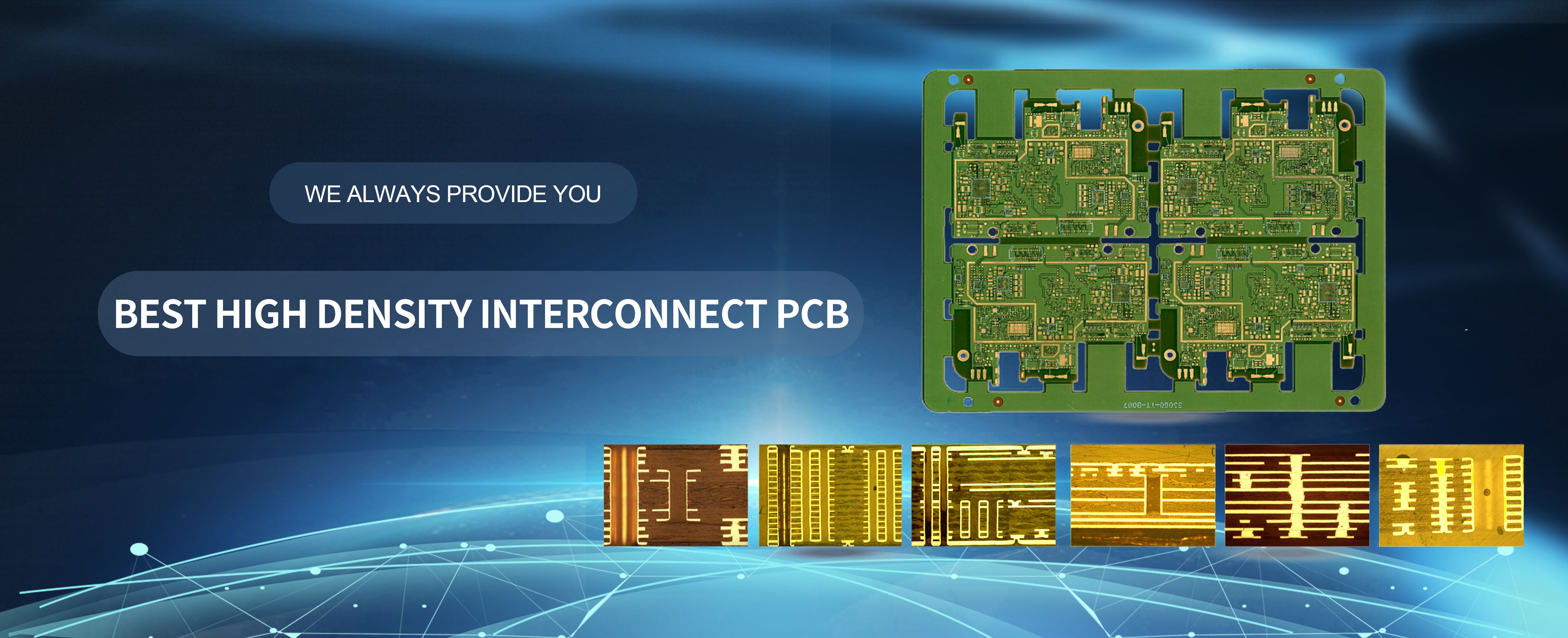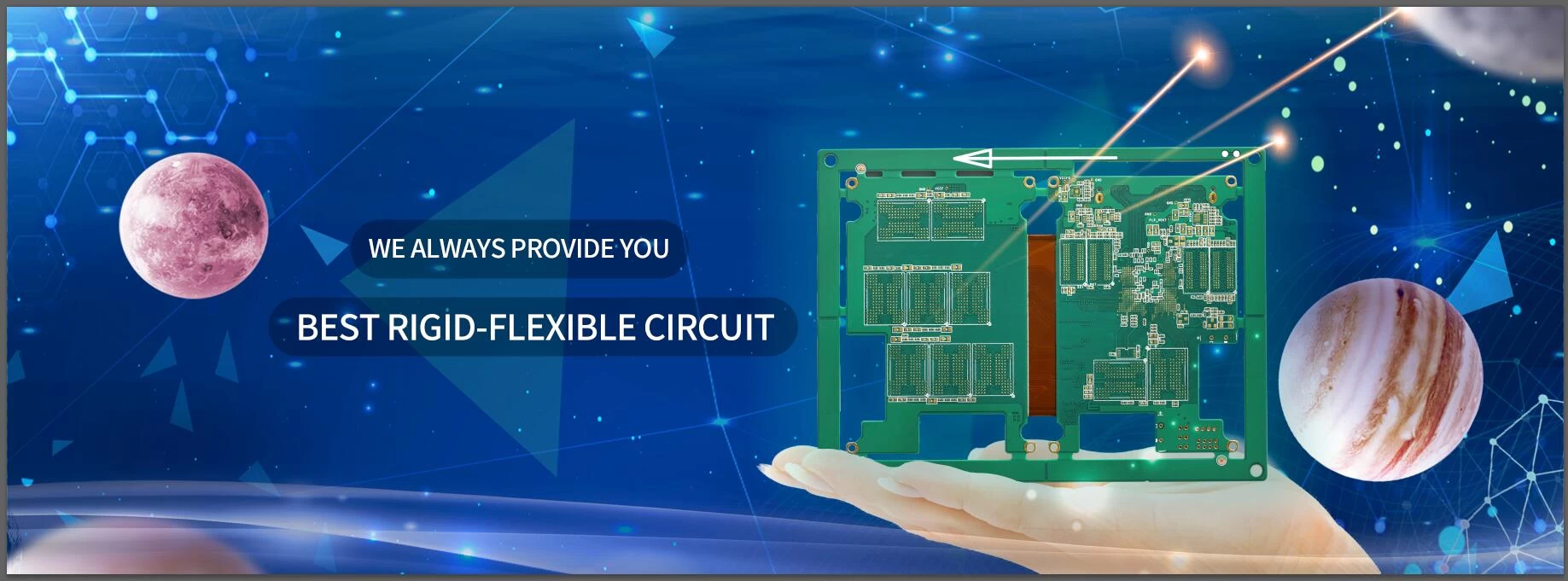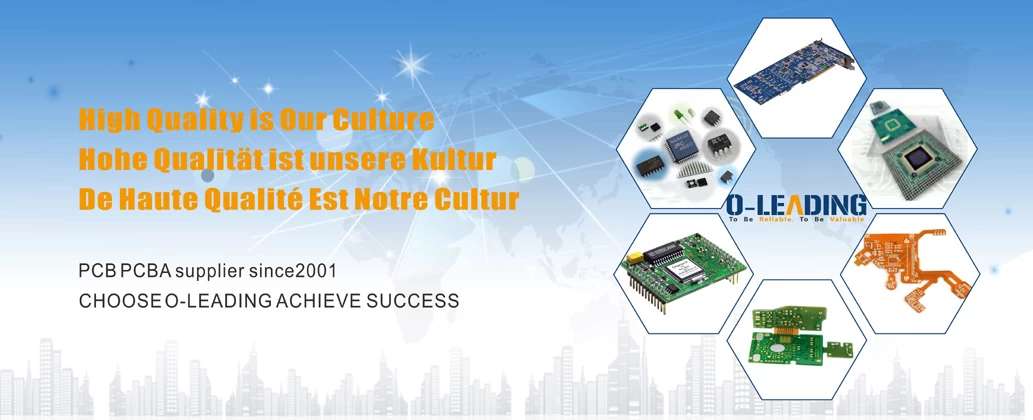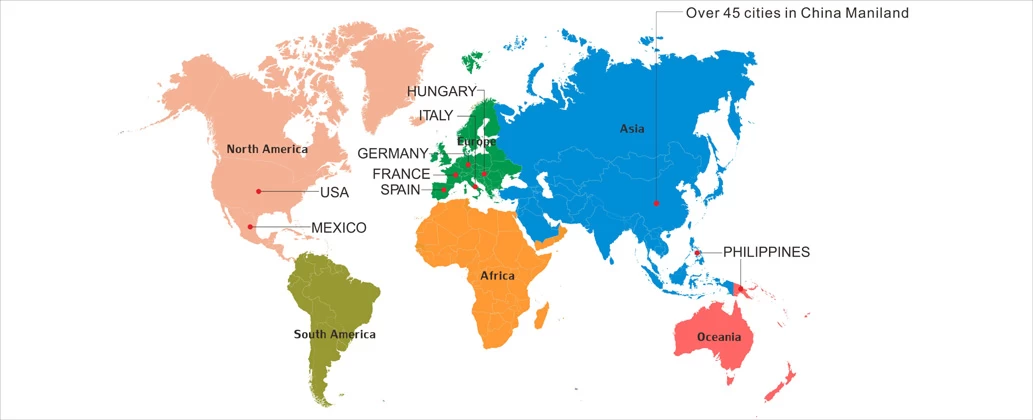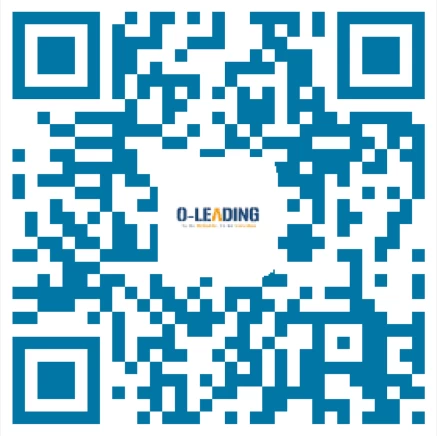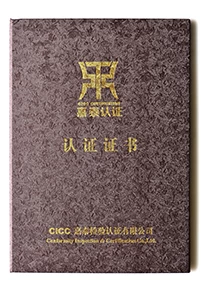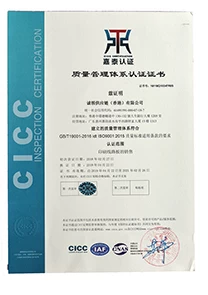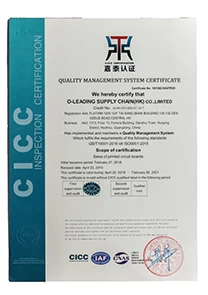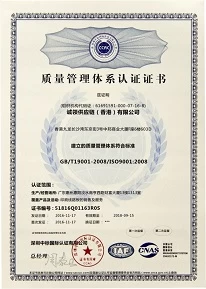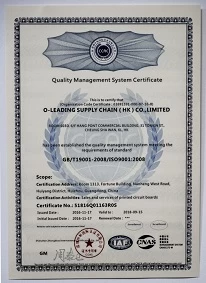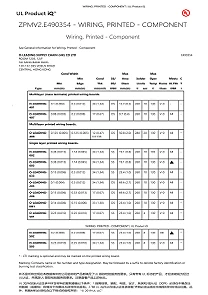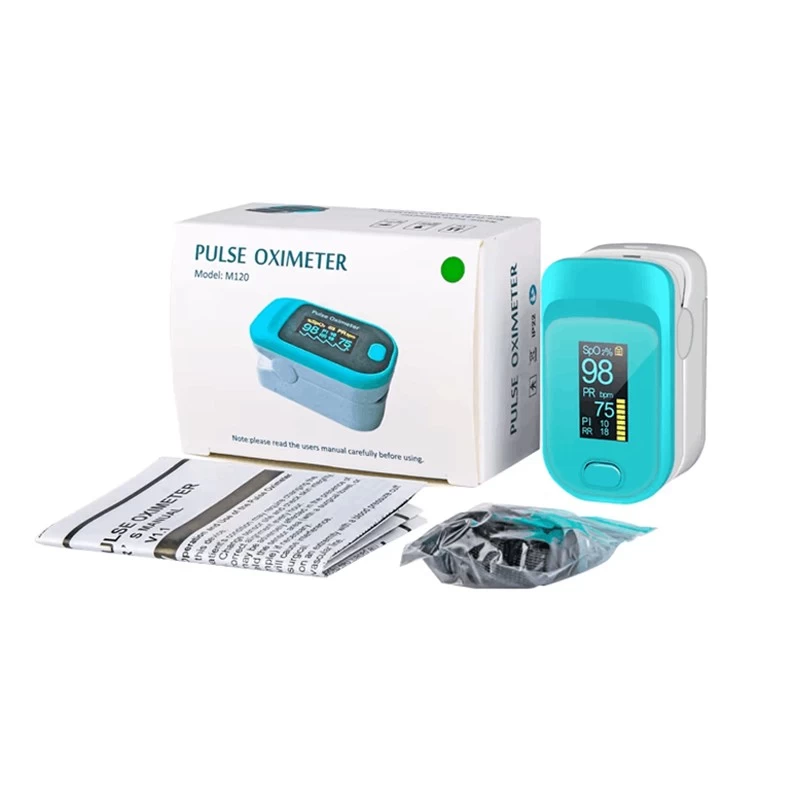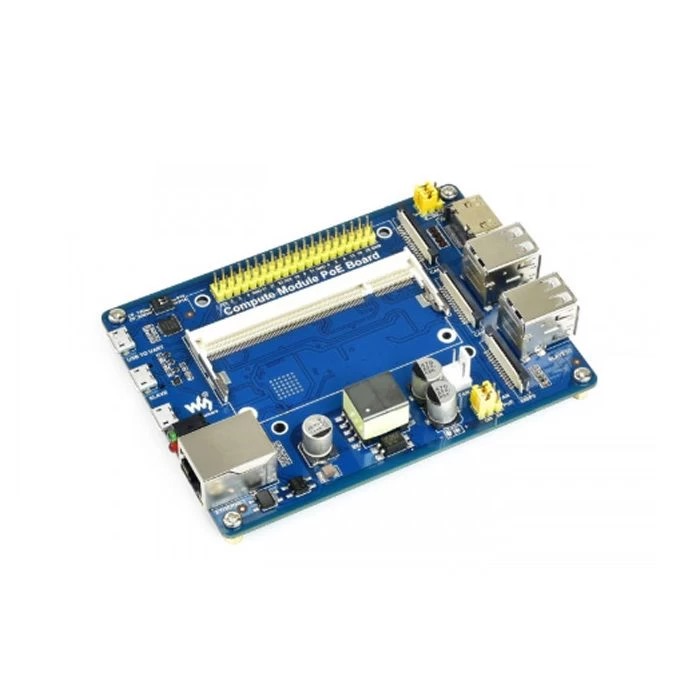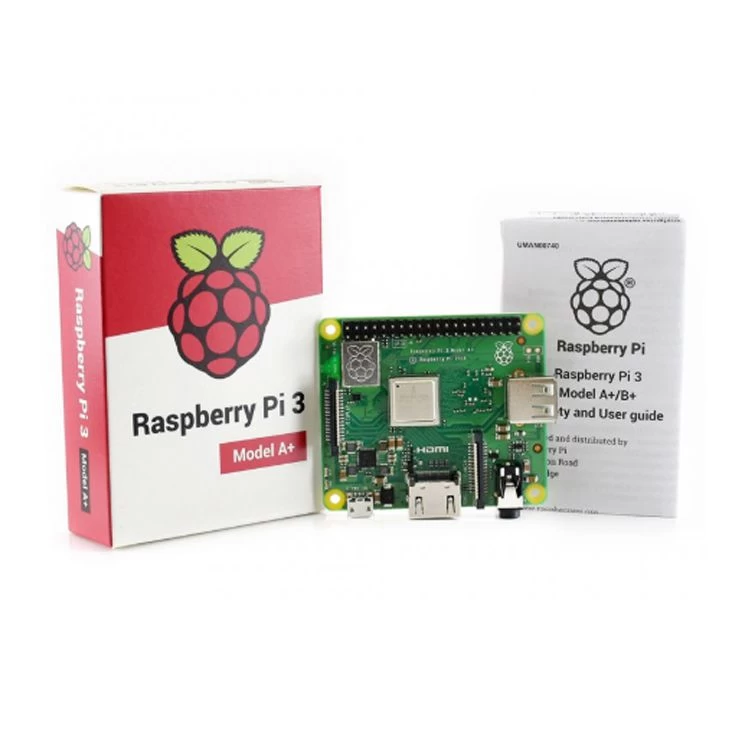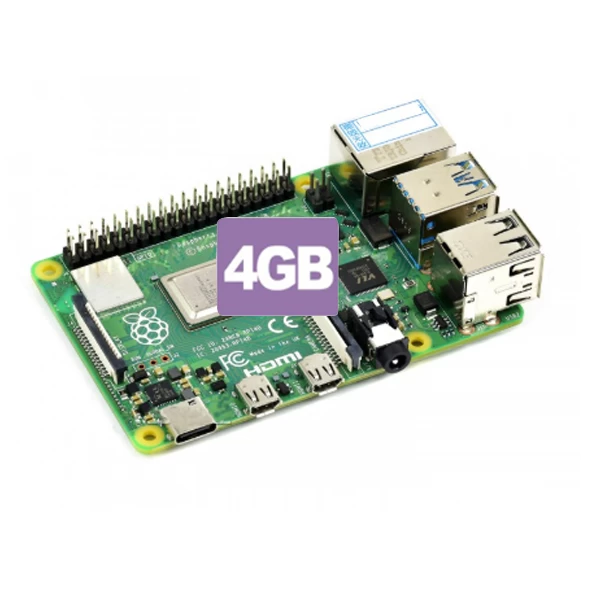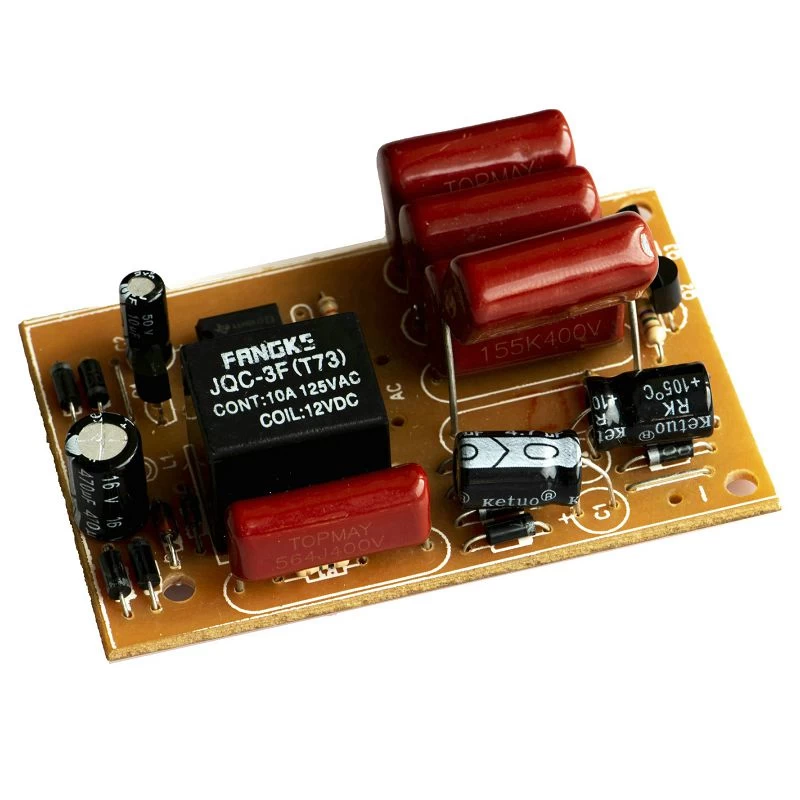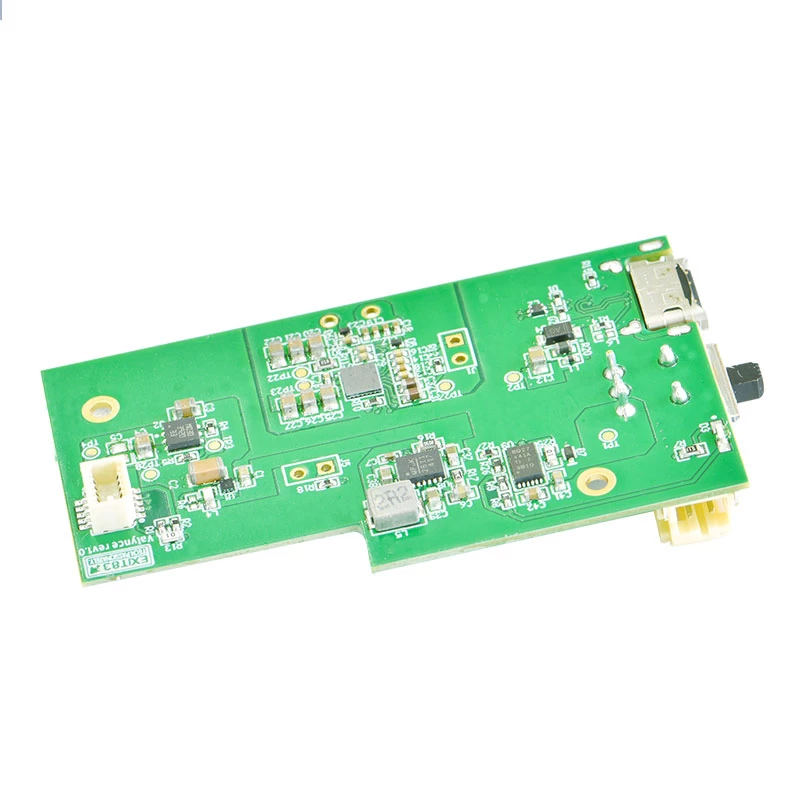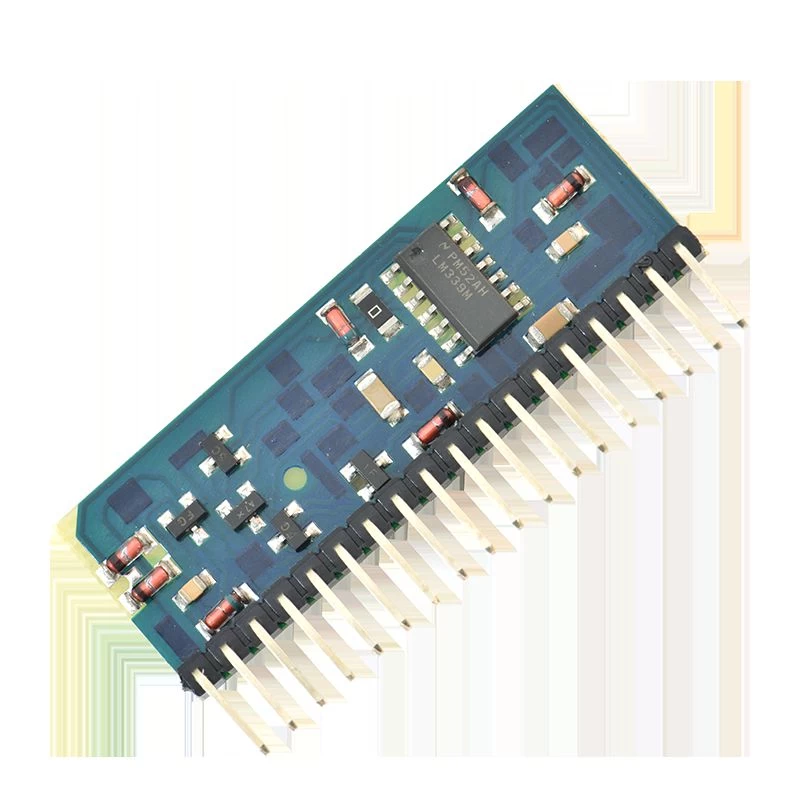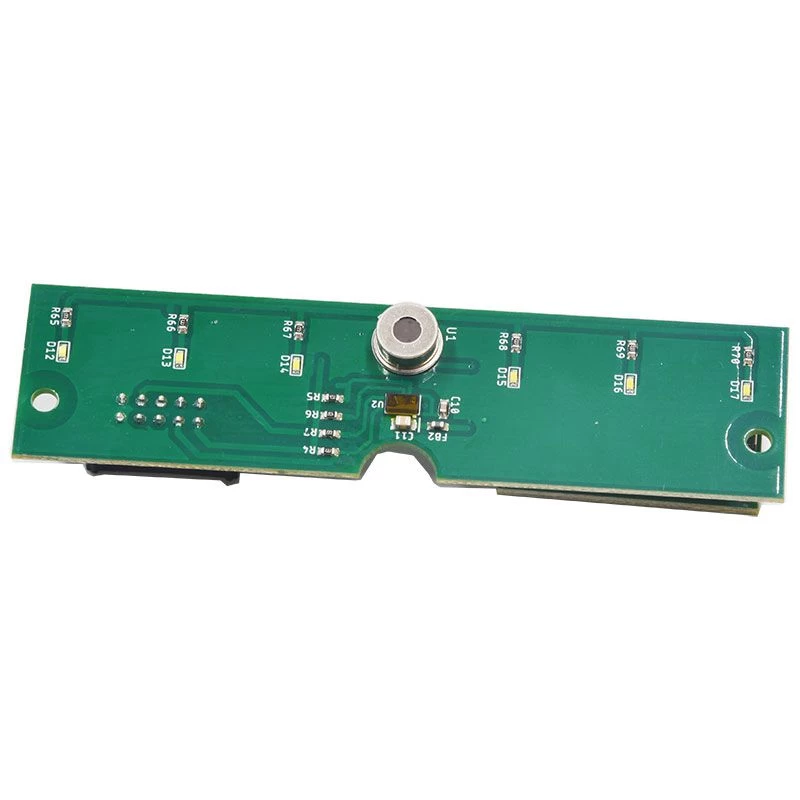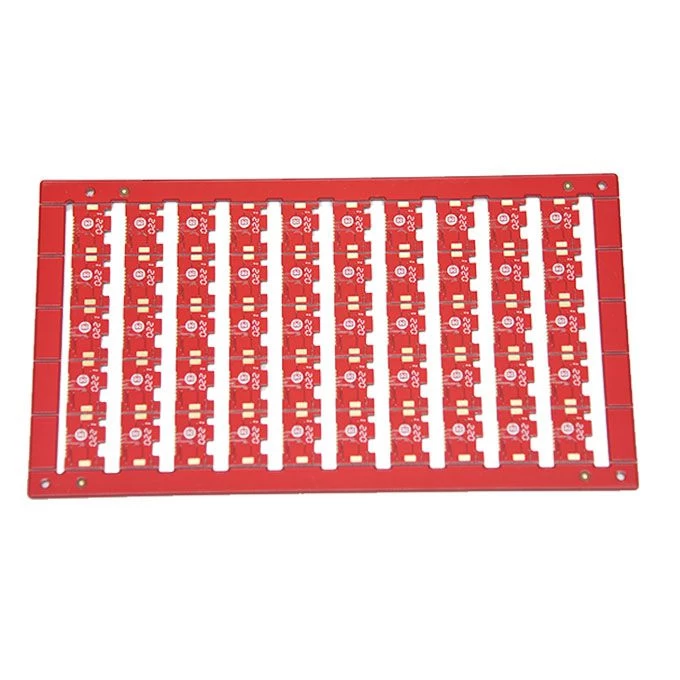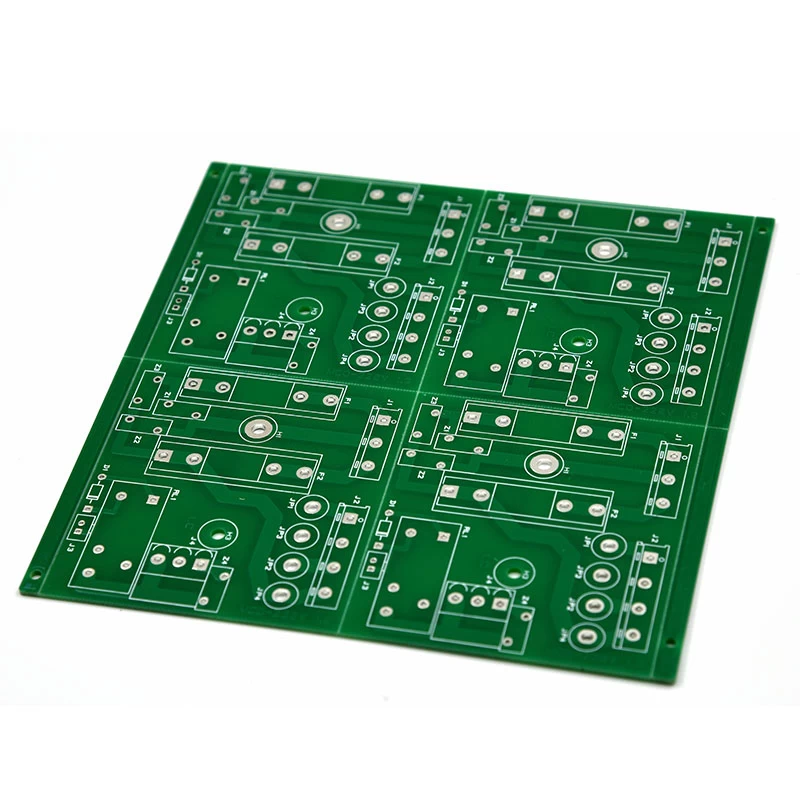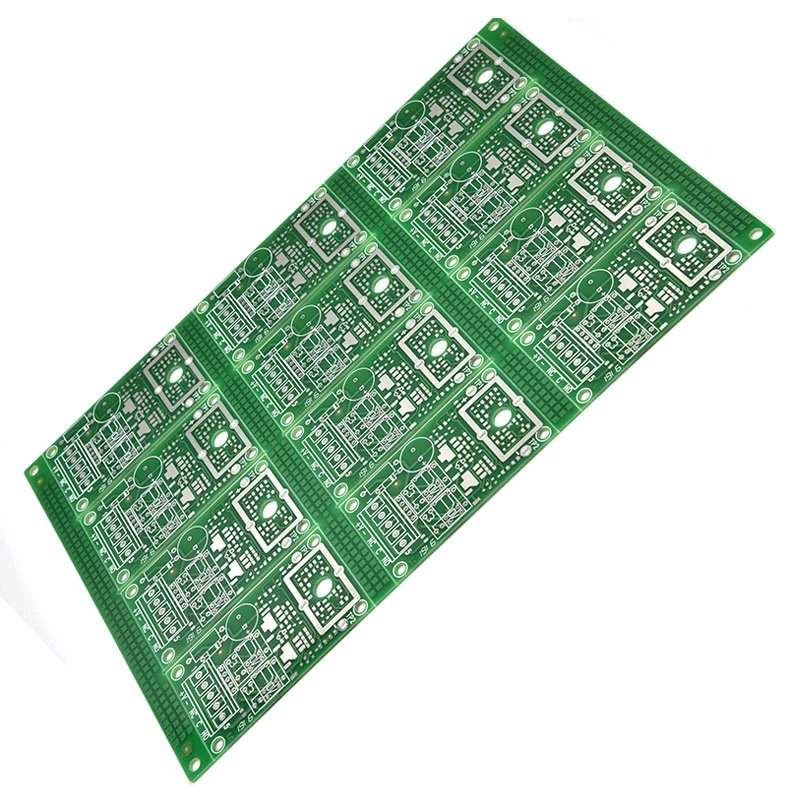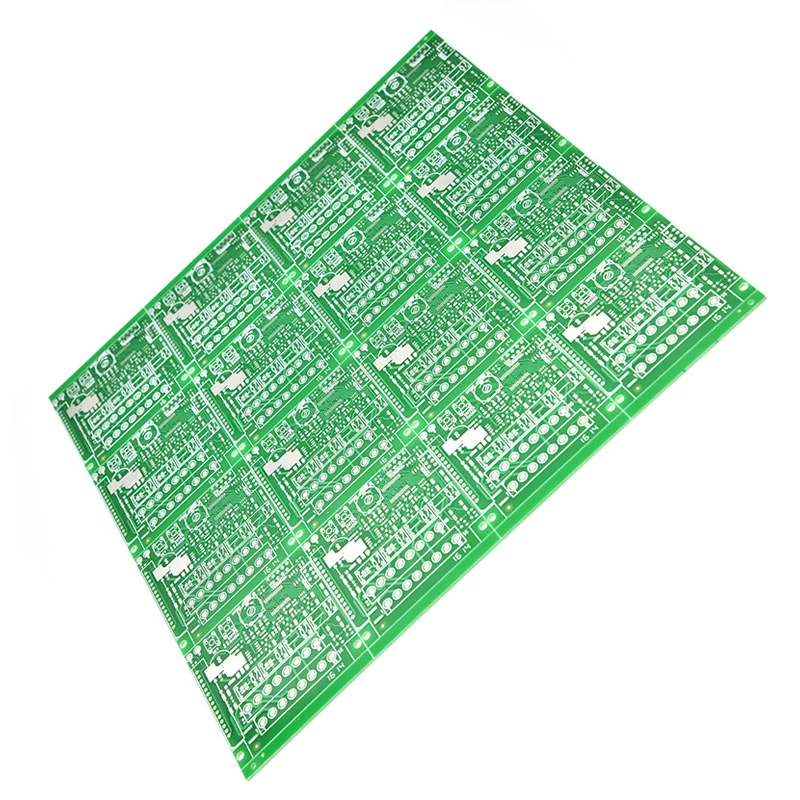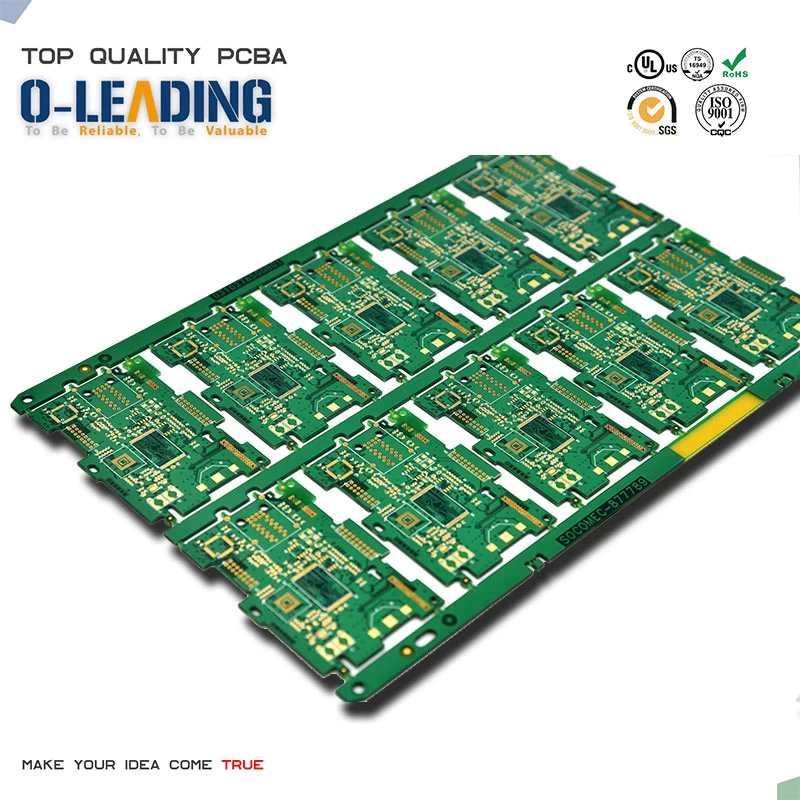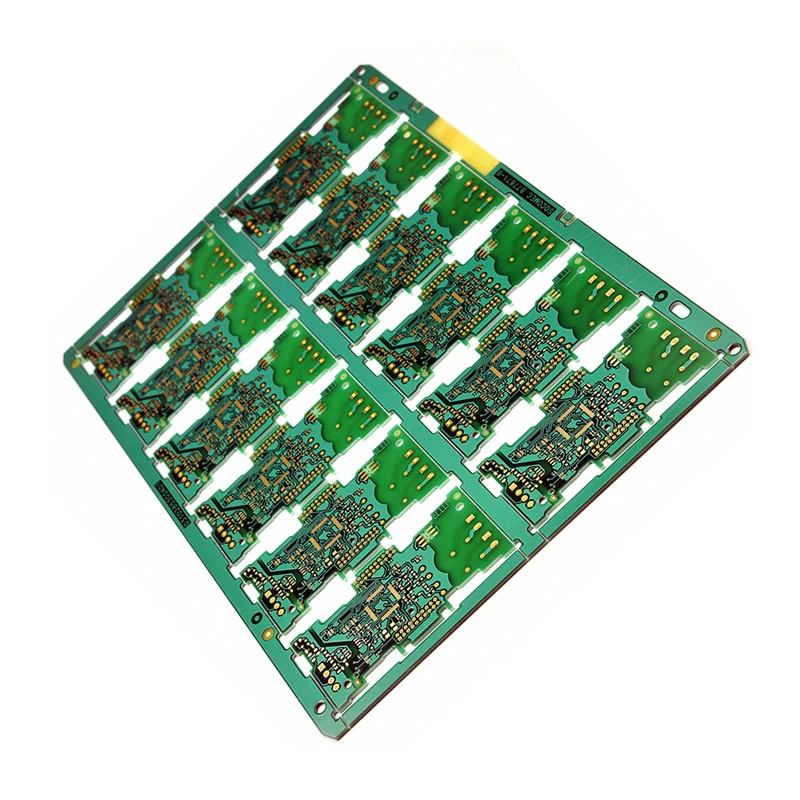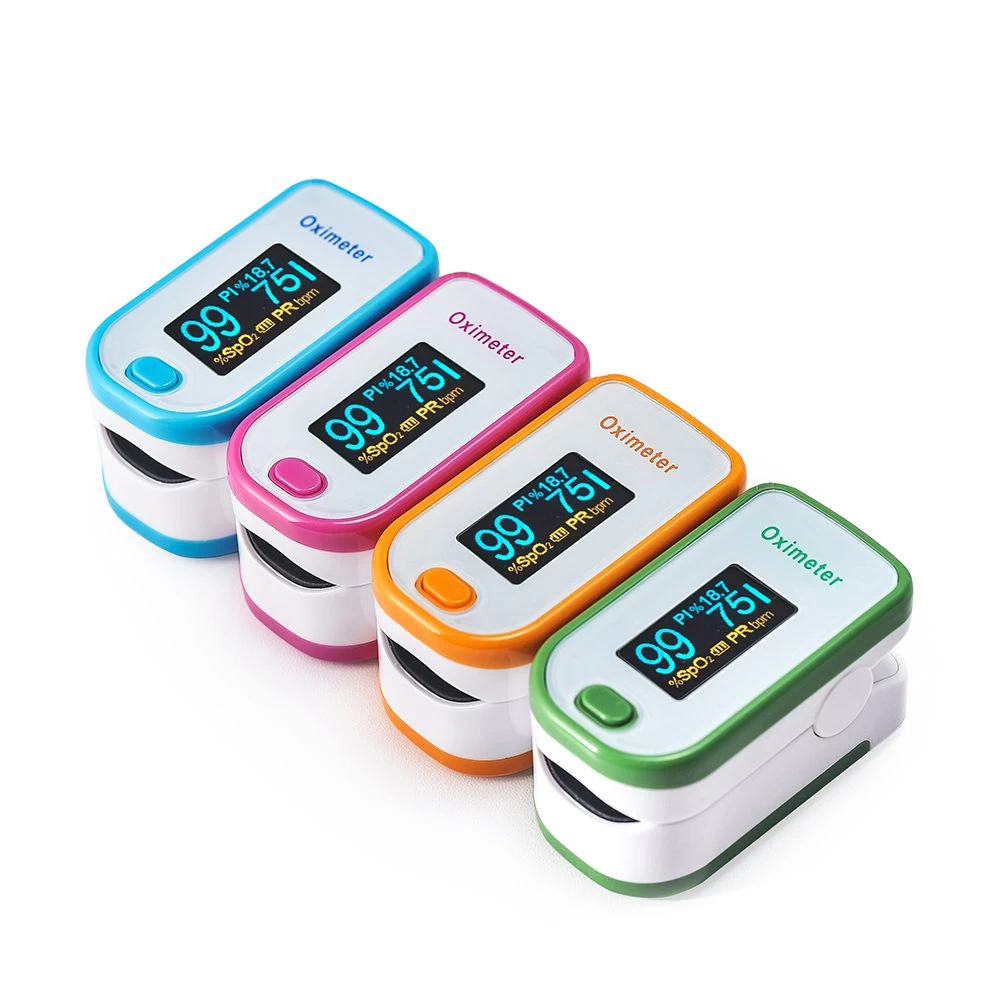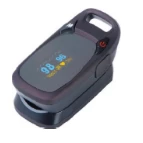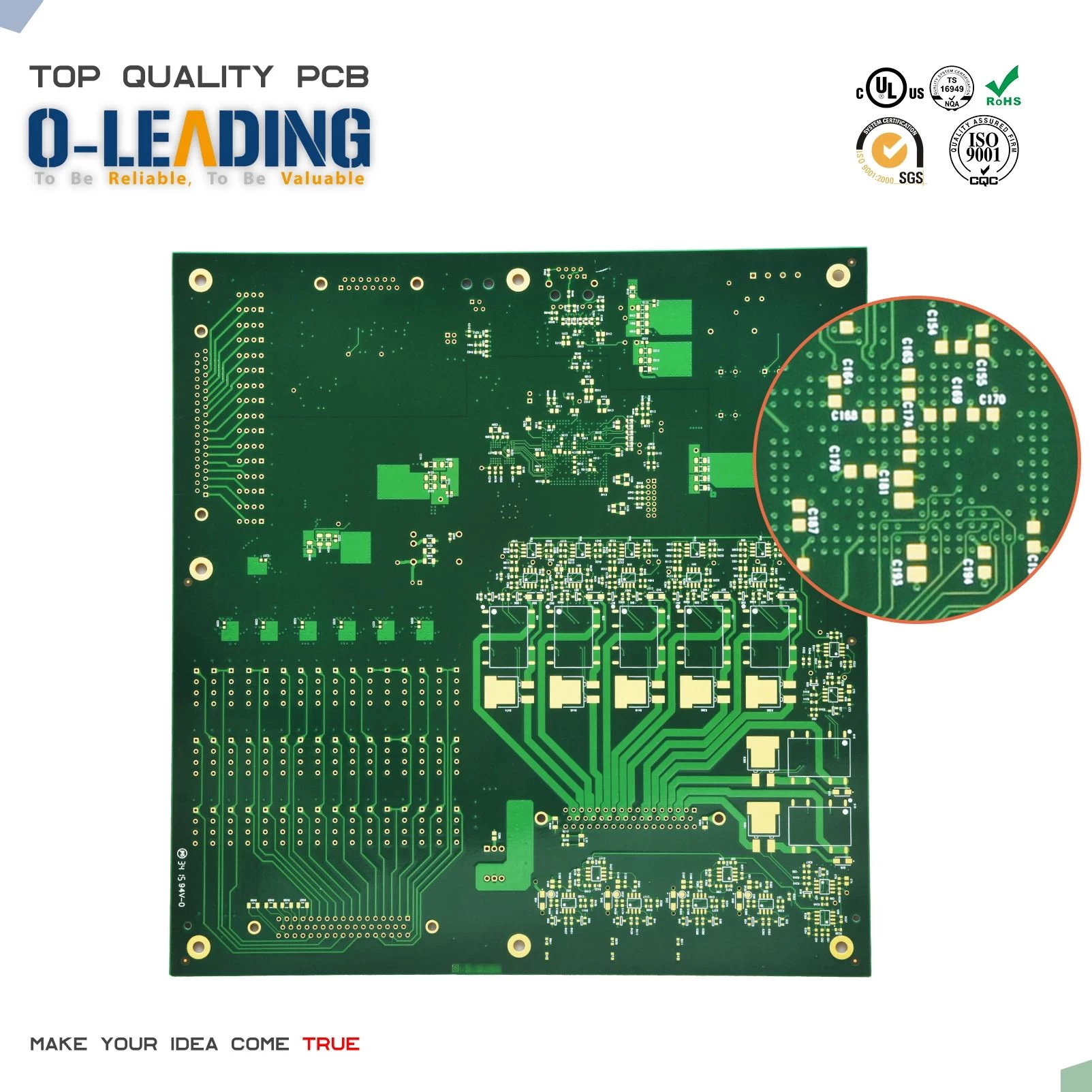Printed circuit board assembly
o-leading.com
o-leading.com
2017-12-20 15:08:04
Today, electronic gadgets like computers, cell phones and multi-media players are ubiquitous. All of these electronic gadgets use one or more printed circuit boards inside them. Each printed circuit board contains multiple discrete devices properly placed on it and connected together to implement the correct functionality. The discrete components on these printed circuit boards can range from a few hundred to tens of thousands, all assembled on a single printed circuit board. The process of assembling a printed circuit board can be broadly classified into two types:Plated through Hole(PTH) Technology and Surface Mount Technology(SMT). The information above you can get from Printed circuit board manufacturer.
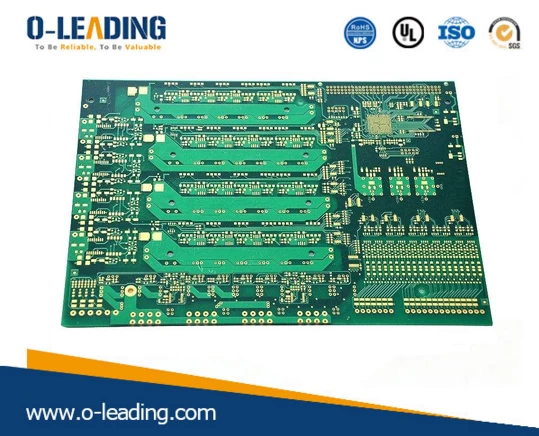 PTH Technology is implemented for those products where overall size of the board is not a major concern. The discrete components are inserted into holes bored through the circuit board and then the connections between the component leads and the circuit board pads are soldered beneath the printed circuit board. In addition to smaller product sizes, SMT technology also offers improved functionality and stability. For more information related you can click Printed Circuit Board PCB Manufacturing Company.
PTH Technology is implemented for those products where overall size of the board is not a major concern. The discrete components are inserted into holes bored through the circuit board and then the connections between the component leads and the circuit board pads are soldered beneath the printed circuit board. In addition to smaller product sizes, SMT technology also offers improved functionality and stability. For more information related you can click Printed Circuit Board PCB Manufacturing Company.
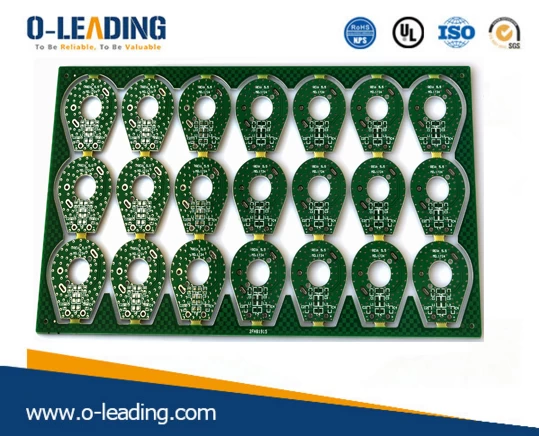
In the SMT environment, the printed circuit board assembly process includes five operations in all. First, a solder paste is applied where the components will be placed. Next, there is a placement operation in which a very high speed placement tool is used to mount tiny discrete components like resistors on the printed circuit board. Next, a flexible placement machine is used for mounting large components like integrated circuits on the printed circuit board. Once all the discrete devices have been placed, the board is checked for any missing components. Then, the printed circuit board is placed on a conveyor and baked in an oven, in order to make the solder paste reflow and form the solder joints. Finally, the printed circuit board has to be cleaned to get rid of contaminants revealed during the process of fabrication and assembly.


In the SMT environment, the printed circuit board assembly process includes five operations in all. First, a solder paste is applied where the components will be placed. Next, there is a placement operation in which a very high speed placement tool is used to mount tiny discrete components like resistors on the printed circuit board. Next, a flexible placement machine is used for mounting large components like integrated circuits on the printed circuit board. Once all the discrete devices have been placed, the board is checked for any missing components. Then, the printed circuit board is placed on a conveyor and baked in an oven, in order to make the solder paste reflow and form the solder joints. Finally, the printed circuit board has to be cleaned to get rid of contaminants revealed during the process of fabrication and assembly.

